Sustainable Design: Introducing Reversibility in the Design Process
Sustainability in the design industry takes many forms. One of them is reversibility, a simple yet powerful concept that revolutionizes our view of the design process and sets the foundation for a development model that can truly be sustained over time.
Reversible Design
What happens when something gets damaged or is no longer needed? So far the answer has often been “we throw it away”. This is because the majority of things we use cannot be repaired, and for many of them there isn’t any specific collection system.
Ultimately, the above are all design problems. Things cannot be repaired because they were not conceived with repair in mind, and collection systems are not available because nobody designed them. The good news is that it can all be solved, by design.
Reversibility is an approach to design that takes the end-of-life phase into account from the very beginning, making it possible to walk the making process backward, undoing what has been done. Reversibility enables repairs and circularity in the use of materials, making better use of resources while preventing waste.
But what things are we talking about? Reversibility applies to everything: products, interiors, and buildings. Let’s explore…
Products
Designing a reversible product means choosing materials that can have more than one life and assembling parts in ways that can be undone, such as interlock instead of glue. From a service perspective, it means providing spare parts for repairs and offering a repair service if needed. Last but not least, it means setting up a system for customers to easily dispose of products without throwing them away.
This approach is considerably different from the one we’ve been using so far. But it is doable!
Discover on SforSustainable:
- armchair – Laime by NOMA
- chair – Cross by Takt
- dining table – Tokyo by Magna Atelier
- table lamp – Mushlume table by Danielle Trofe
- artwork – Looking out by Wasteless Wonders

Credit: Takt

Credit: NOMA
Interiors + Architecture
Applying reversibility in interior design and architecture is conceptually the same as it is for products. Choosing materials that can have more than one life, assembling parts in ways that can be undone, providing spare parts for repairs and offering a repair service, as well as setting up a system to avoid interiors and buildings being thrown away (read stripped out / demolished).
For example, could tiles be installed in a reversible way? What about wallpaper? Could windows become “reusable components”? And walls be constructed in a way that can be undone?
Introducing reversibility in interiors and architecture requires – among the rest – updating current construction methods and developing systems that keep track of disassembled components and make them available for reuse. These questions challenge the way we’ve been doing things so far, but this doesn’t mean it cannot be done!
Reversibility would also better meet the needs of our society. In interior design, it would allow renters to personalize their spaces a lot more and carry everything with them at the next move. In architecture, it would mean entire buildings can be relocated elsewhere following their owners in a move, or as a response to environmental concerns in the area.
we’ll look into reversible interior & architecture projects in a coming article, stay tuned!

Credit: RAU Architects – Ph: Alexander van Berge

Credit: Overtreders W – Ph: Jorn van Eck
Reversibility is certainly a novel approach, something that challenges the status quo. But isn’t this how change happens?
This article was written by Silvia from DforDesign.
Meet The Author
Silvia is an interior designer and content creator who resides in Switzerland. For her, interior design is way more than aesthetics. That's why she says that she's on a mission to make interiors good for wellbeing and our planet.
Both on clients' projects and on the blog, her work focuses on:
Biophilic Design: wellbeing-centered interiors that take inspiration from nature.
Sustainable Design: products & materials that are mindful of the environment and support the development of a circular economy.
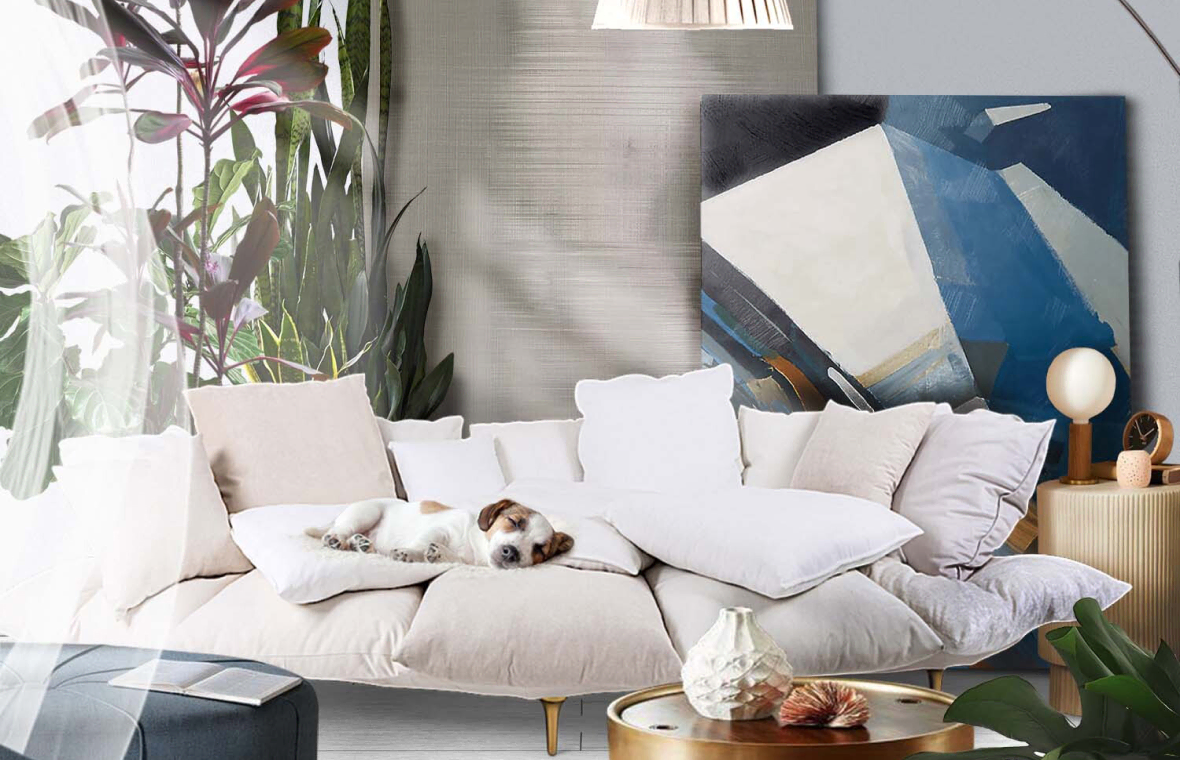
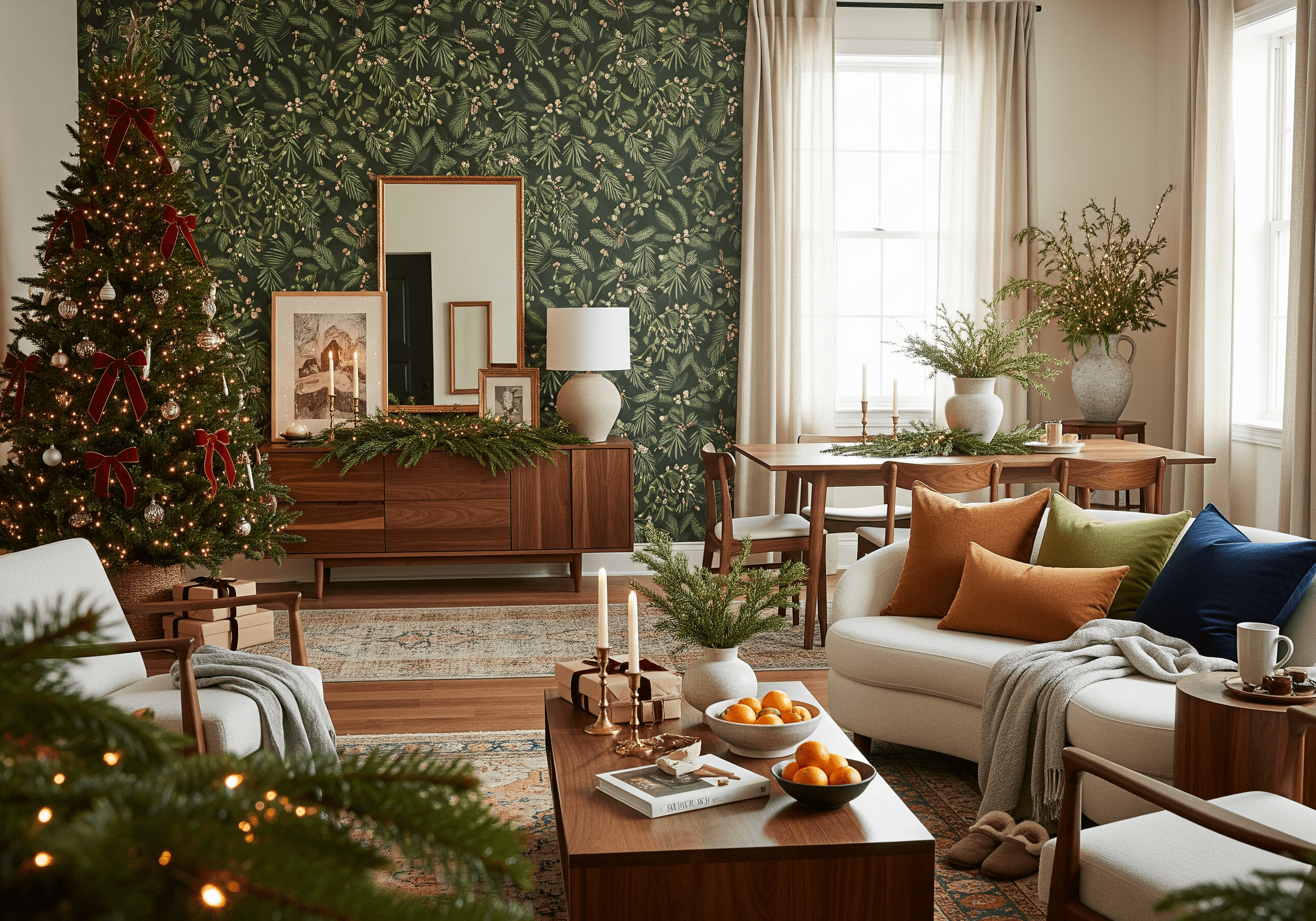
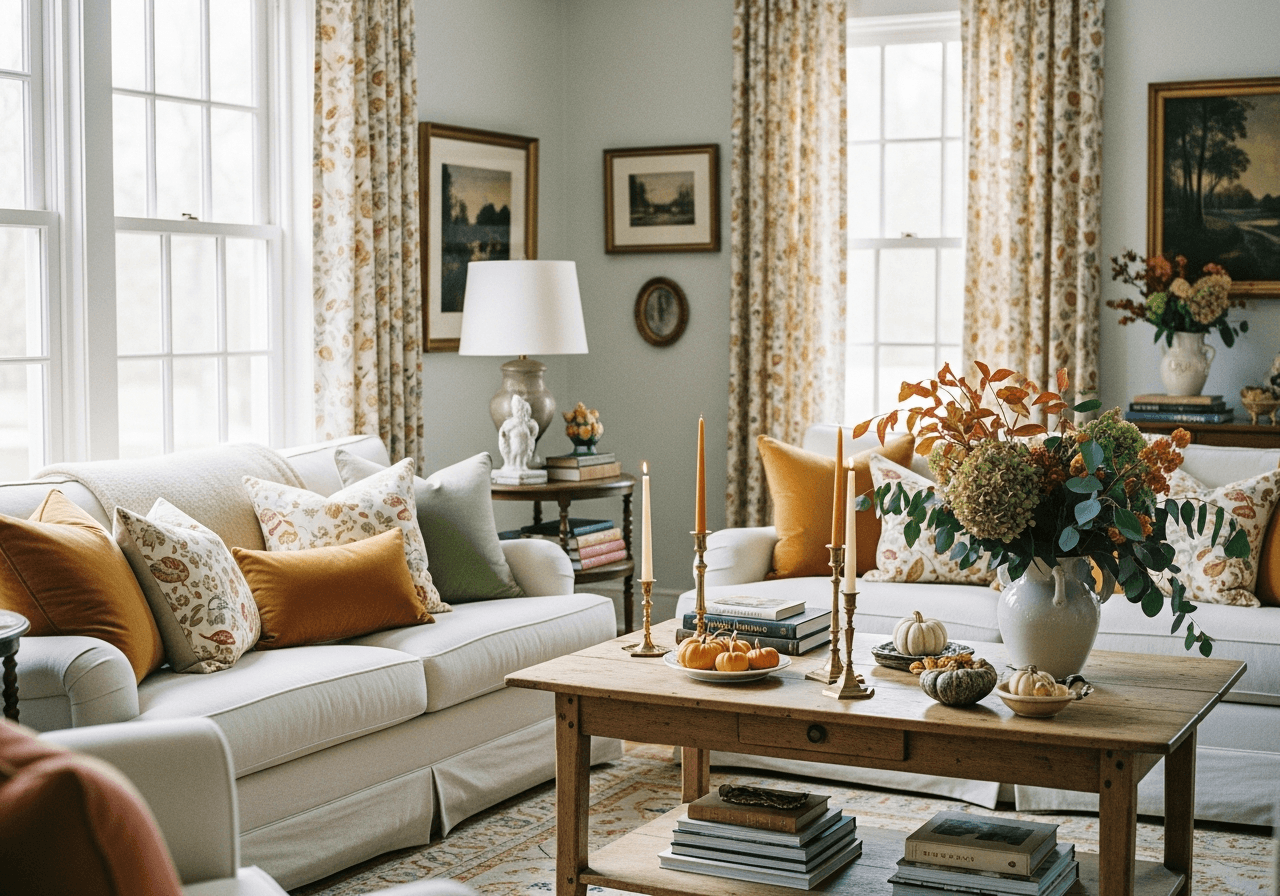
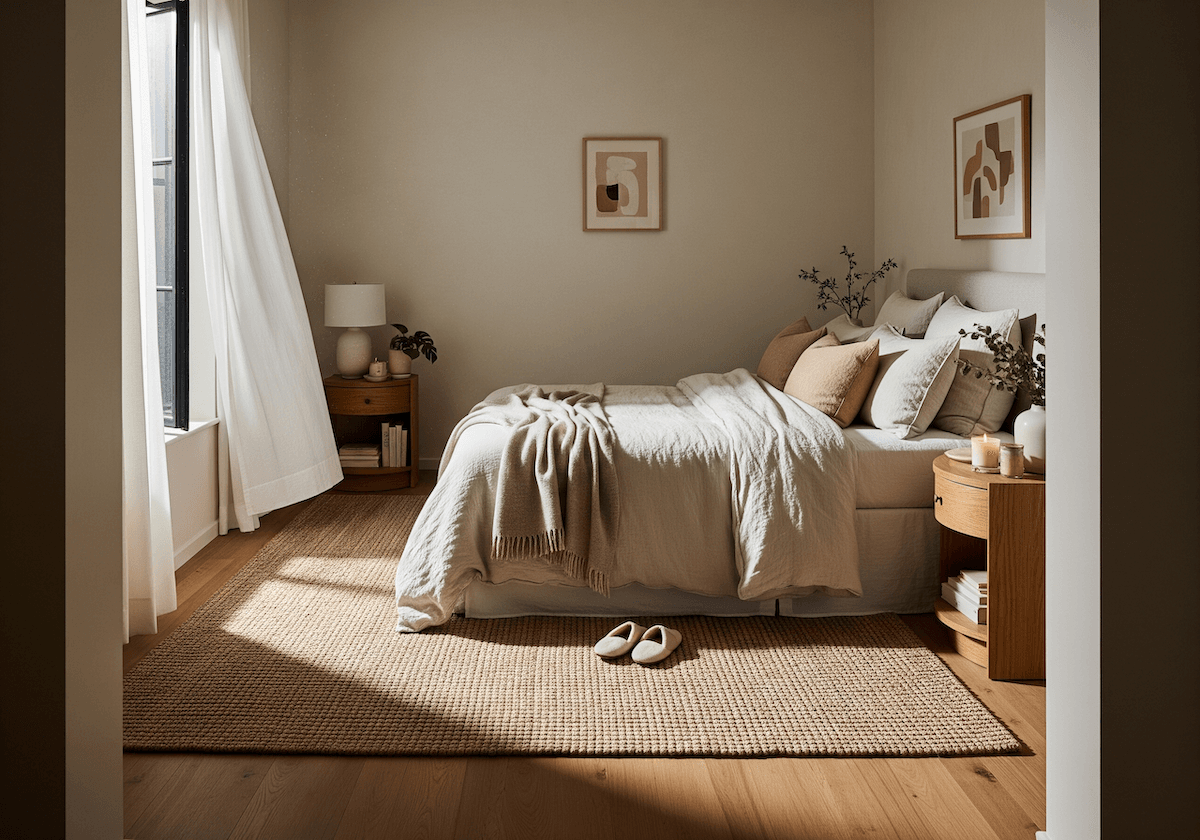

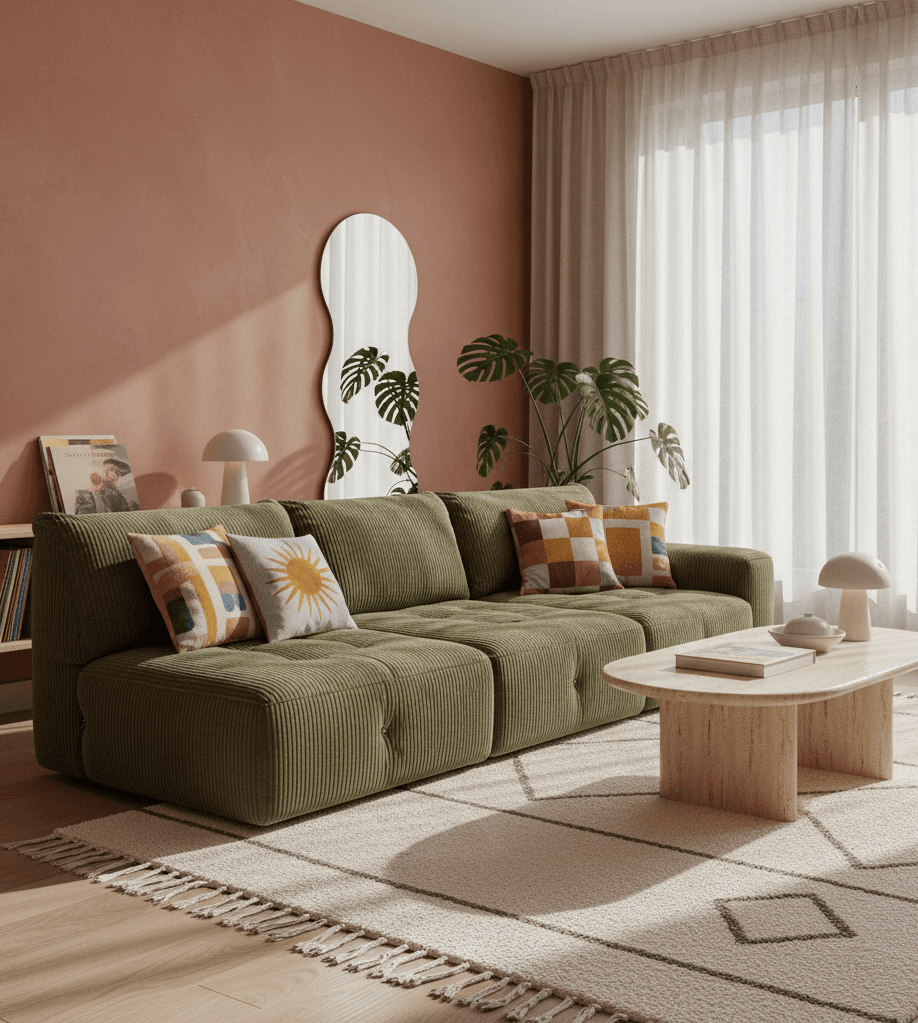
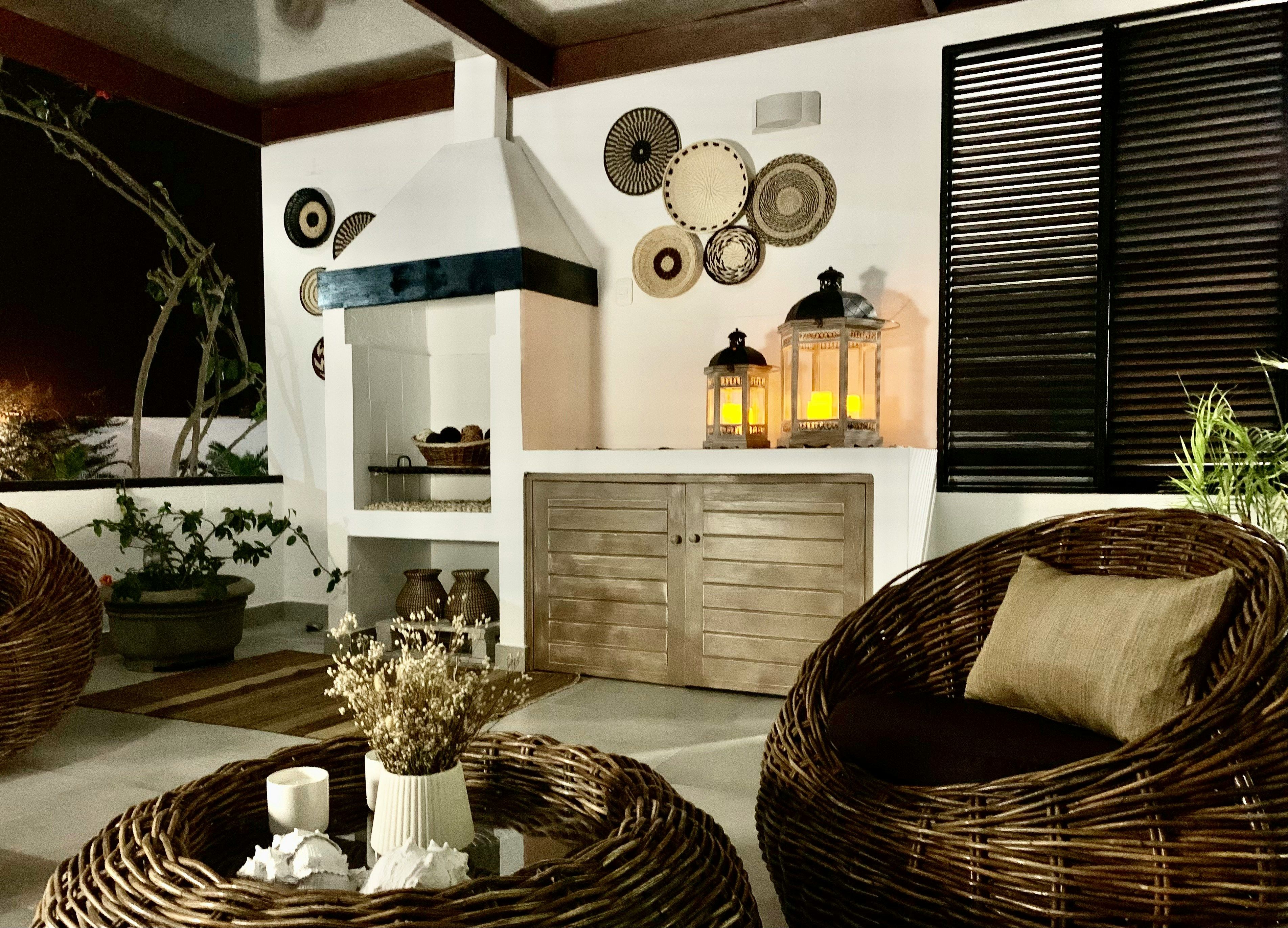


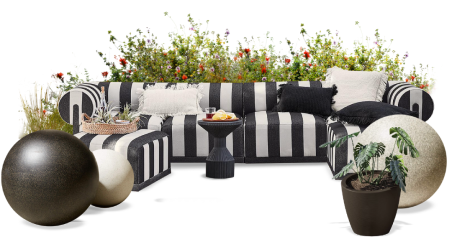
 17h left
17h left


